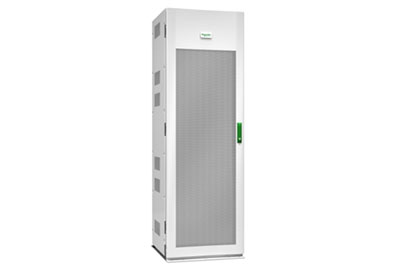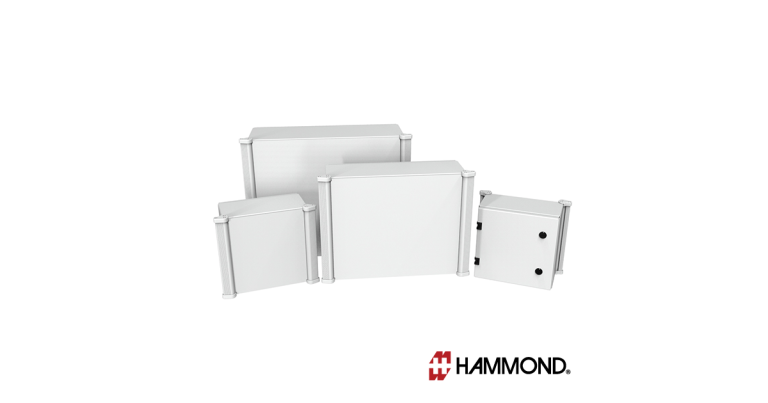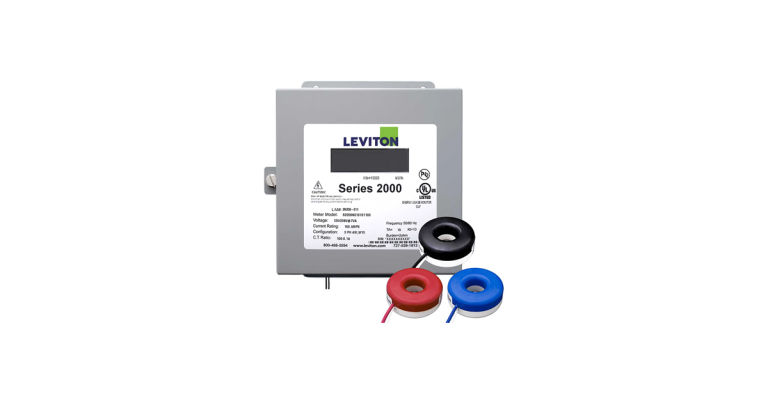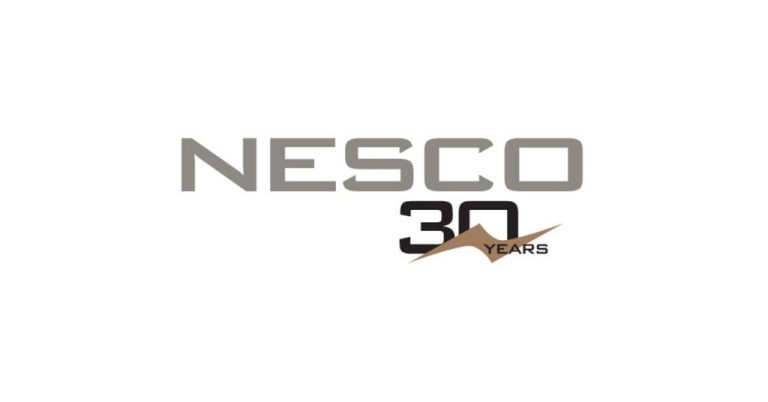Galaxy Lithium-Ion Battery Systems from Schneider

October 13, 2021
The Schneider Electric (Lithium-ion) battery solution for three-phase UPSs is a high-value, innovative energy storage protection solution for data centers, industrial processes, and critical infrastructure. The Li-ion battery solution significantly reduces battery footprint and weight to allow more effective use of space. It also doubles battery life and simplifies maintenance compared to traditional batteries. The higher operating temperature reduces cooling requirements, and the included battery management system improves backup storage predictability and manageability, which reduces total cost of ownership.
- Lightweight battery solution – Reduces weight by over two-thirds, providing flexibility to install the battery solution on any floor while minimizing structural modification requirements.
- Compact battery footprint – Reduces battery solution footprint dramatically, so revenue-generating equipment can take its place.
- Advanced battery management included – Embedded monitoring at the cell, module, and cabinet level provides a clear picture of battery runtime and health, with the added benefits of predictable, consistent runtime performance and stable cell health.
- Reduces cooling costs – Reduces the battery room size and increases tolerance to a wider operating temperature range, which allows you to decrease the capacity of the cooling solution
- Extended battery life – Lithium-ion technology doubles battery service life, reducing the risks of downtime or load interruption during maintenance or replacement.
Go HERE for more information










![Guide to the Canadian Electrical Code, Part 1[i] – A Road Map: Section 52 — Diagnostic imaging installations](https://electricalindustry.ca/wp-content/uploads/2022/11/Guide-CE-Code-2.png)






